On one of the old streets of Isfahan City, Javaheri House is located. This house is a national heritage and dates back to the Qajar era. However, it’s not only noticeable because of the historical aspect, but the cultural, artistic side is also remarkable. The reason is Iran National Heritage Organization has allowed some artisans to work in different sections of Javaheri House. Therefore, it’s recently a workshop and amazingly the handicrafts match the atmosphere of the house as they’re traditional and creative. Travelers visit the house and may buy the products as souvenirs. At the same time, they get familiar with the traditional Persian architecture and enjoy this scenic site.
Javaheri House Architecture
As you open the wooden door, pass a short corridor (called Hashti in Persian and is common in Persian traditional architecture) and face a luminous eye-catching yard. You will stand in awe by watching the combination of succulent trees, turquoise fountain, and classic adornment.
The house area is square-shaped. The courtyard is in the middle, surrounded by architectural constructions on each side of the square. This type of architecture and decoration were very common in old Iran and feels like a trace of history. The arches and radius top doors and windows stun and inspire any visitor.
The Construction
The south side of Javaheri House is higher in comparison to other sides. There’s a classic hall in the middle that has a wonderful view of the yard through round colorful stained glass windows.
On the east side, there’s another hall, side rooms, wooden windows, two small porches, and stairs. Also, three high windows toward the yard provide the hall light. This landscape is so spectacular.
The square-shaped fountain across the hall animates the area and cool the rooms and underground space. The workshops are on the west side of Javaheri House. An artistic atmosphere full of classic, astonishing handicrafts that combine with traditional architecture in Javaheri Historical House. The west side has symmetry with the east side; the only difference is the west side has middle five-door rooms and two three-door rooms at sides. The facade is adorned with four plaster worked pillars. The internal spaces of five-door rooms have plenty of decorations and connect to each other with wooden doors.
The north side contains three rooms with the same scale. On the corner of south and west sides, there’s an octagonal fountain and this space connects to the west side and yard through five wooden doors.
On the west side, a narrow aisle with stairs leads us to the second floor of Javaheri Historical House. The large balcony has a scenic view toward the yard and Dardasht area minarets. There are two rooms at sides and also a hall with five wooden doors on this floor.
Decoration
The internal area is designed with plasterworks, traditional paintings, and bow windows with three and five openings. The colorful stained glass windows in the main hall and balcony add more to its beauty. The underground of the south side is designed with patterns of tile works on bricks (mosaic tiles).
The Recent Position of Javaheri House
As Javaheri House is located in the historical, cultural texture of Isfahan, it was renovated by the Cultural Heritage Organization and registered as a National Heritage. To preserve traditional art and handicrafts, this organization has allowed some artisans to work there and train others.
Art Fields
There are different fields of artwork created in Javaheri historical house. One workshop is specialized in producing lockers. You can find various innovative lockers made by the experienced master, who narrates his professional life and answers all questions patiently. You’ll be amazed by different shapes of lockers including natural elements or objects like a shelf or a window. Also, see probably the smallest lock in the world.
The workshop next to lock one is occupied with glassworks. While our visit, the master took time explaining how to make a full glassy object. It’s wonderful as you see how a pot is created out of very simple material and it can be even colorful. The master was wearing special glasses while making the pot and we shouldn’t look at the light. The amazing part was the time he blew in the glass material and it turned into a spherical shape; Just like blowing a balloon, but of course this needs years of experience to make it fully round and flawless. We realized this when the master asked for any volunteer to try blowing and a visitor tried to make the same shape, but it didn’t appear a spherical figure despite her effort. Apart from pots and glass, you can find some other glassy shapes like birds, canes, and candlesticks on the shelves.
Another artwork is wood carving. On the shelves, different wooden objects grab attention. The variety and delicacy show how skillful they were made. The collection includes natural elements, animals, pot, musical instruments, and beads.
Other art types are engraving, Mina-Kari, Khatam Kari, filigree, traditional design, painting, wood inlaying, metalworking, and pottery.
When to Visit Javaheri House
Visiting Javaheri house is free and available every day, from 9 am to 5 pm, except holidays.
Address
Javaheri Historical House, Masjid Agha Nour Alley, Ibn-e Sina Street, Isfahan
(Ibn-e Sina is one of the oldest streets in Isfahan in a large area called Dardasht)

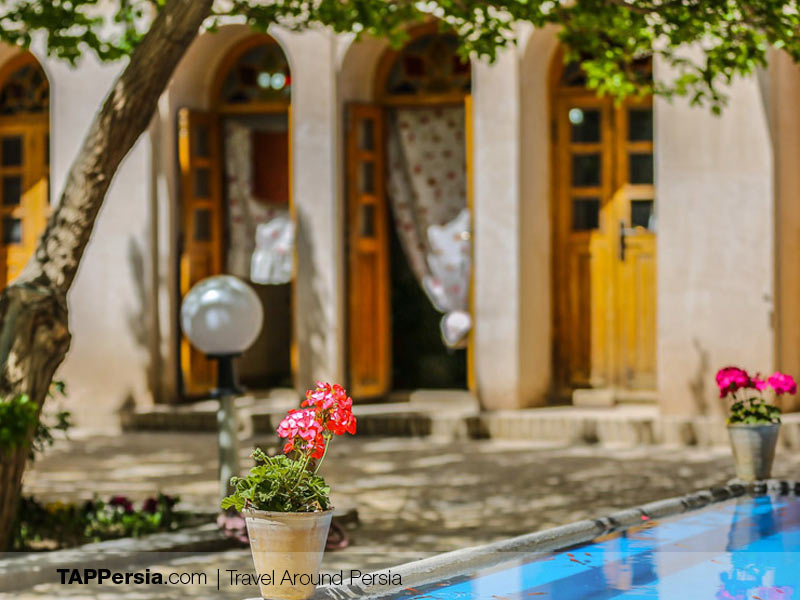
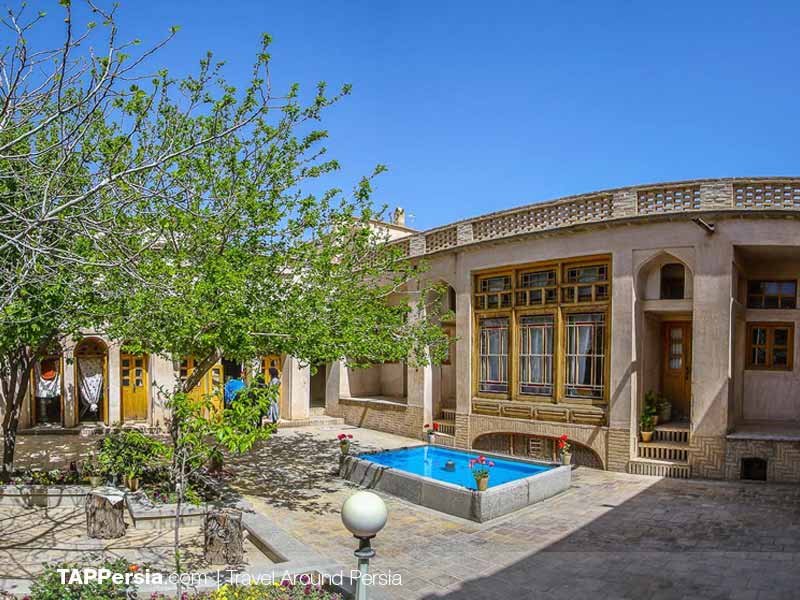
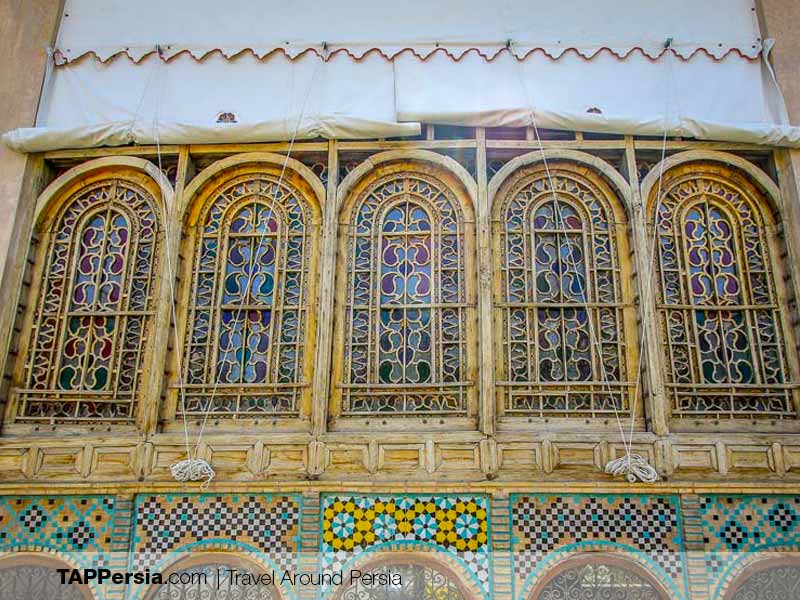
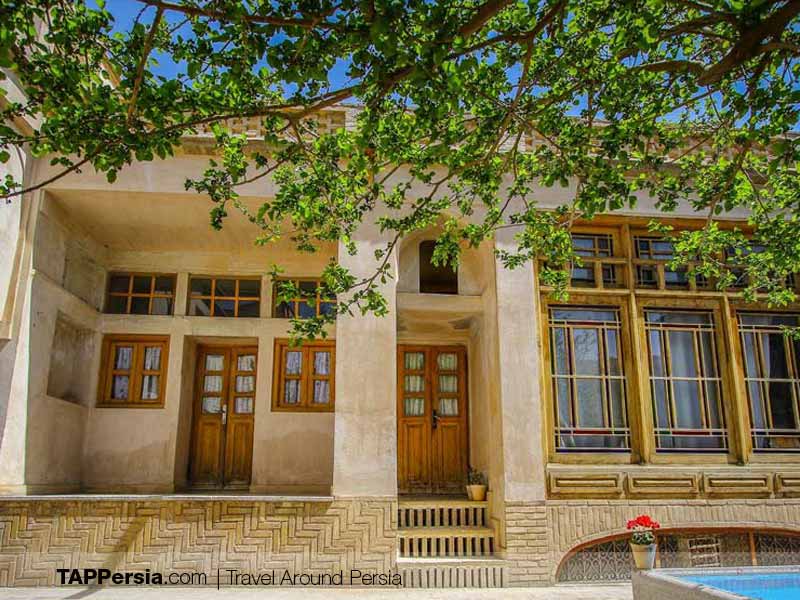
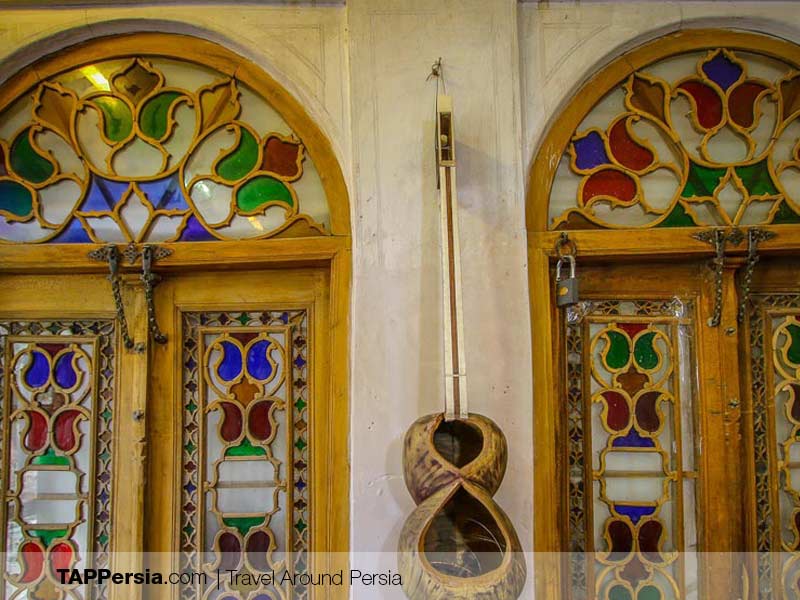
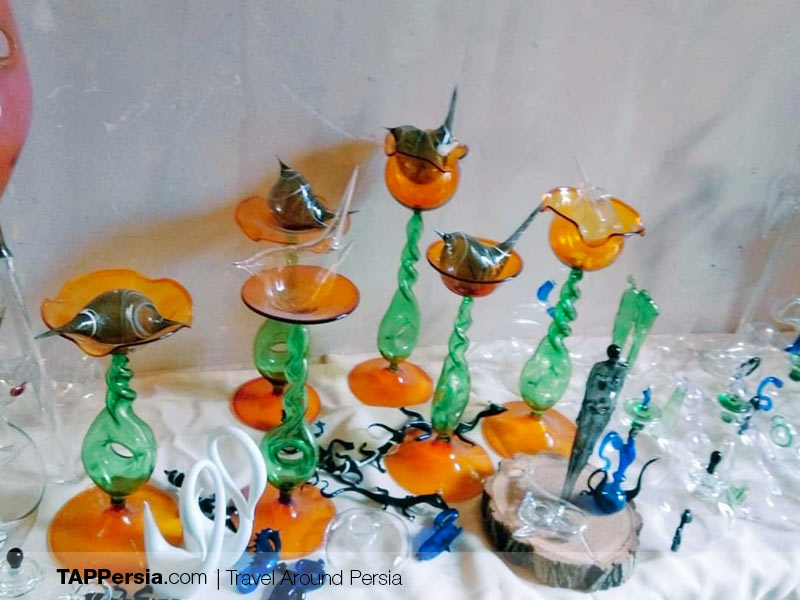
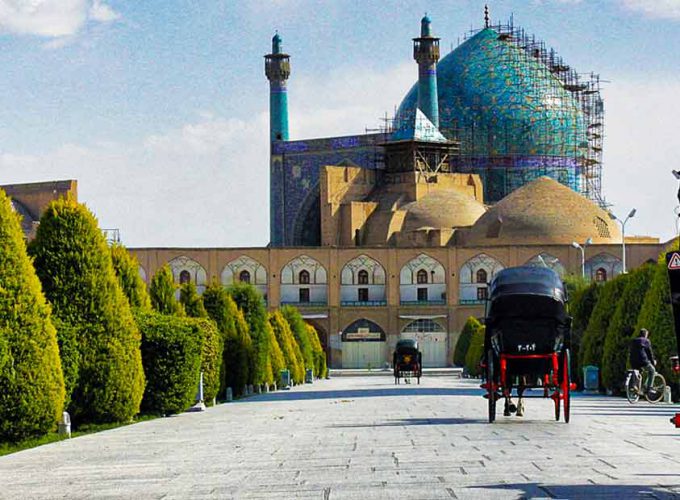
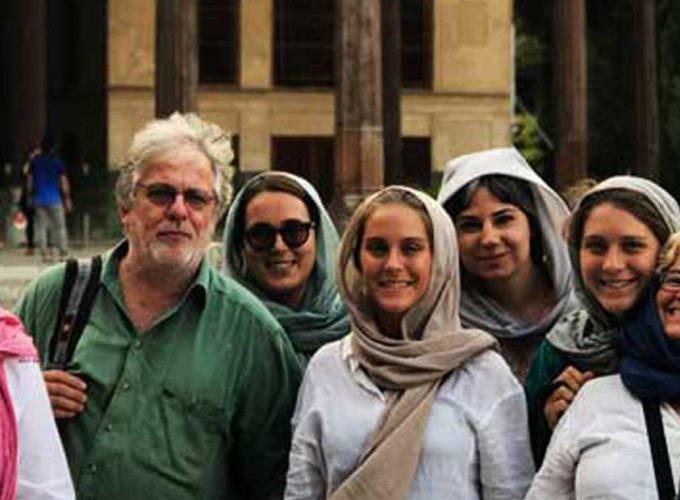
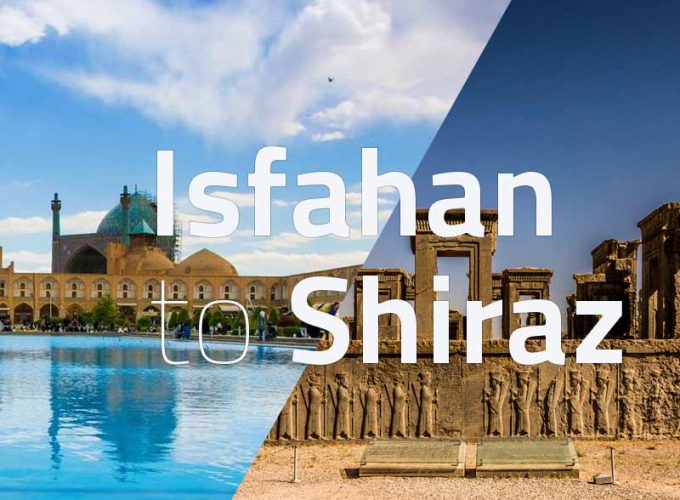
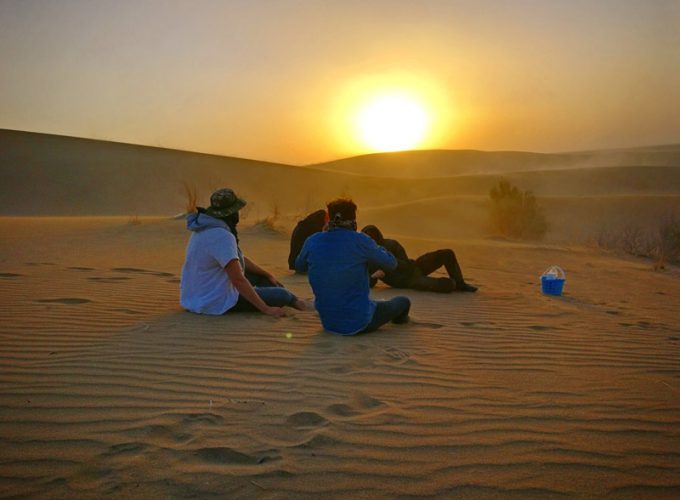
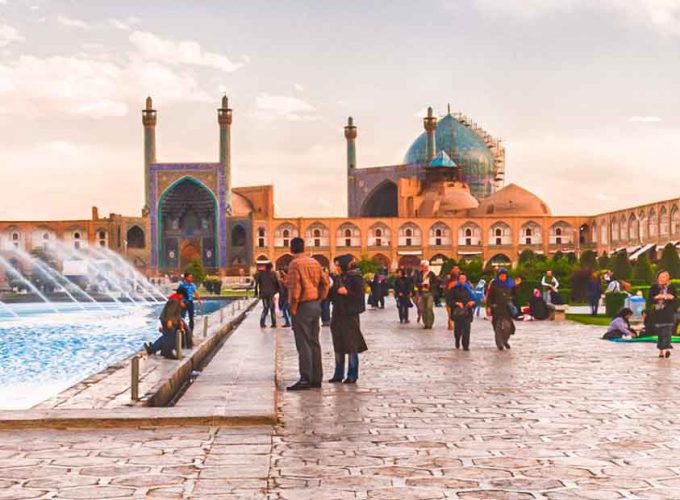
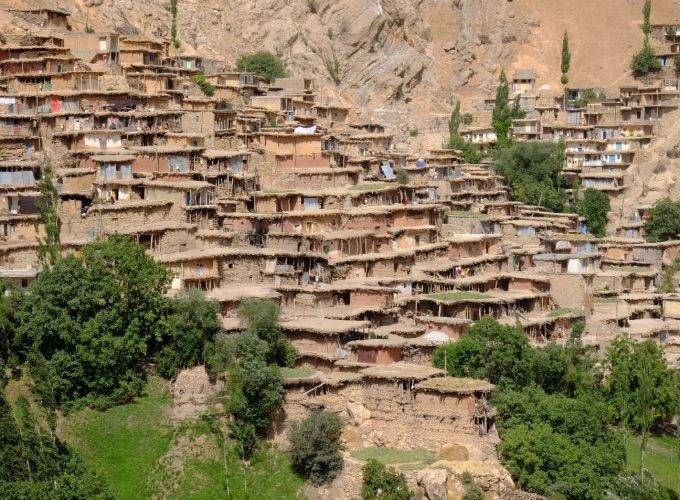


Comment (0)